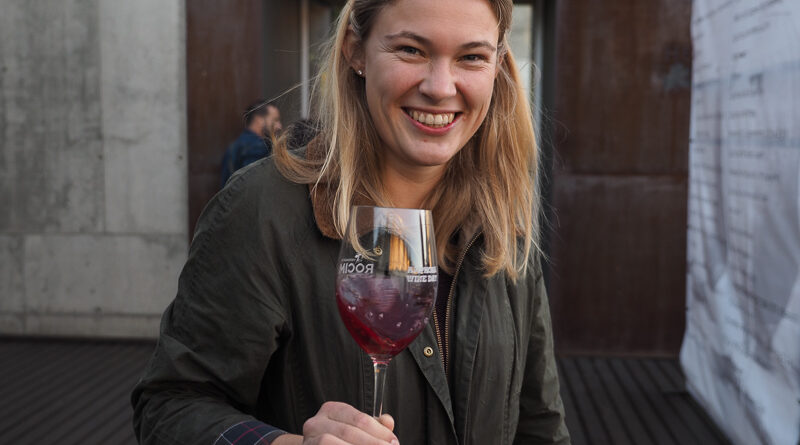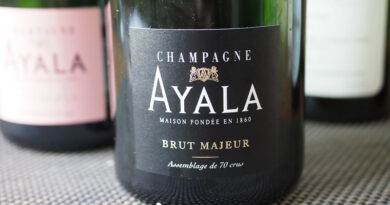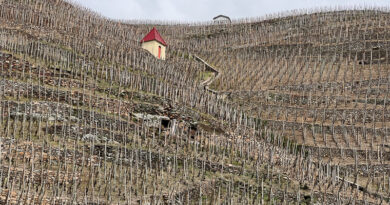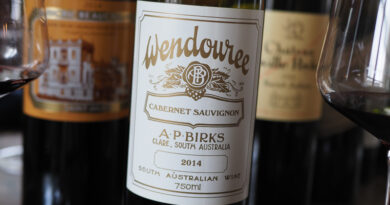A revolution at Cortes de Cima in Portugal’s Alentejo
(Updated May 2024 with notes on new release wines)
In 2020 Anna Jørgensen took over at Cortes de Cima, a large Alentejo winery with over 200 hectares of vineyards in Vidigueira and also on the Alenjejo coast. The winery had been established by her parents (a Dane and an American) and was well known for its fruit-forward, technologically adept rather ‘new world’ style wines. In the 1990s and early 2000s these were standouts in the Portuguese wine scene, but times are changing, and Anna – who arrived back in 2019 after doing 10 vintages abroad – had decided to shift things to more low-intervention style. This is quite a feat because we are talking about a 2000 ton winery, with a lot of wine to sell.
‘I started to do a lot of transformations, looking at the project and thinking about what we want it to be in the next 20, 30 or 40 years,’ she says. ‘We have tried to take the best out of what was already built, and try to build on top of that.
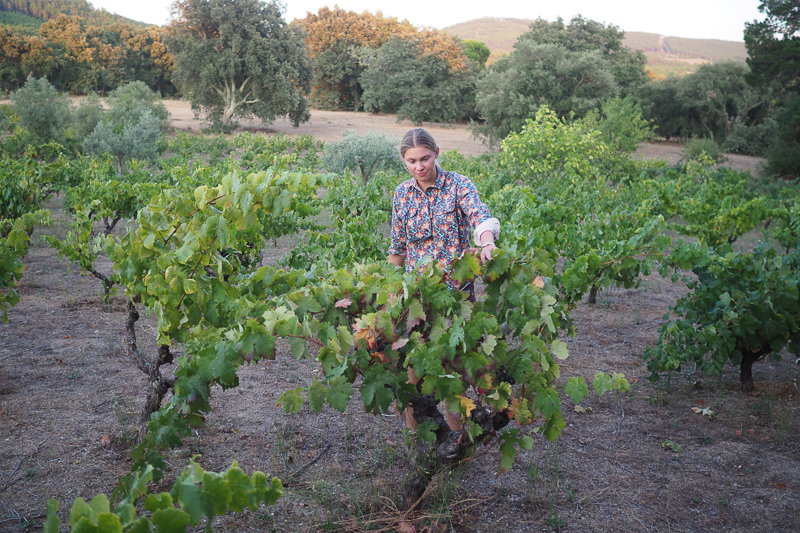
‘Our big focus started in the vineyard,’ says Anna. ‘Sustainability is a key point of what we do,’ She began by stopping herbicide after harvest 2019, and in 2020 everything was converted to organics. ‘We started to work with regenerative practices, low till to no till, reducing vineyard area and moving from monoculture to polyculture. Now we are starting to plant forests in these areas where we don’t have vineyard. We are also trying to bring in animals. We have sheep now, and we will also have cows so we can close the circle more and make our own compost.’ The Alentejo is a warm, quite dry region, and it is being affected by climate change, so one of the goals in a switch to regenerative approaches is to make the vineyard more resilient. They are also working with some aspects of biodynamics.
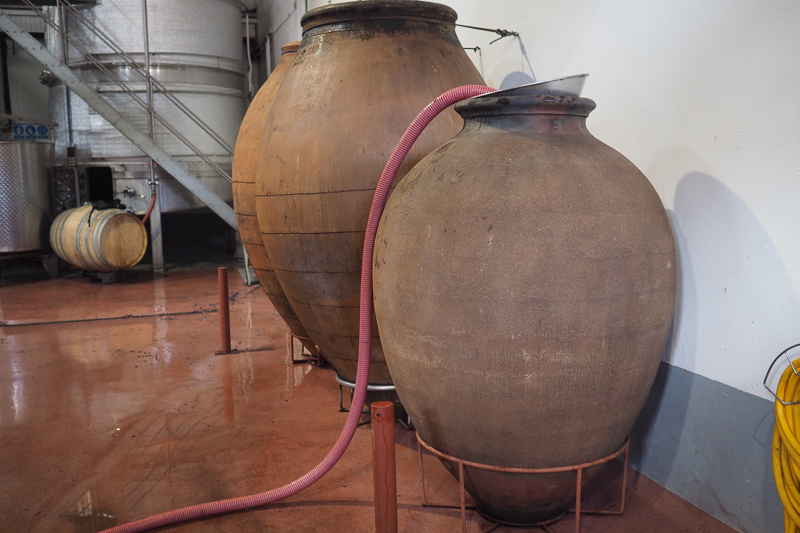
‘We look at a vineyard and just look at the vines,’ she says. ‘What can we do to get them to produce the grapes that we want? And we look at the soil as just something to hold the vines in the ground. We forget that there’s a whole kingdom down there. Nature is way smarter than us and we are never going to outsmart her, so we may as well learn how to work with her and make use of her. Every year is different, as well, so you will always have a different combination of factors thrown at you. You have to react to that and you can’t just apply the same recipe. There is a lot of fear in farming, unfortunately. You have a crop and you have make ends meet. A lot of farmers do things out of fear.’
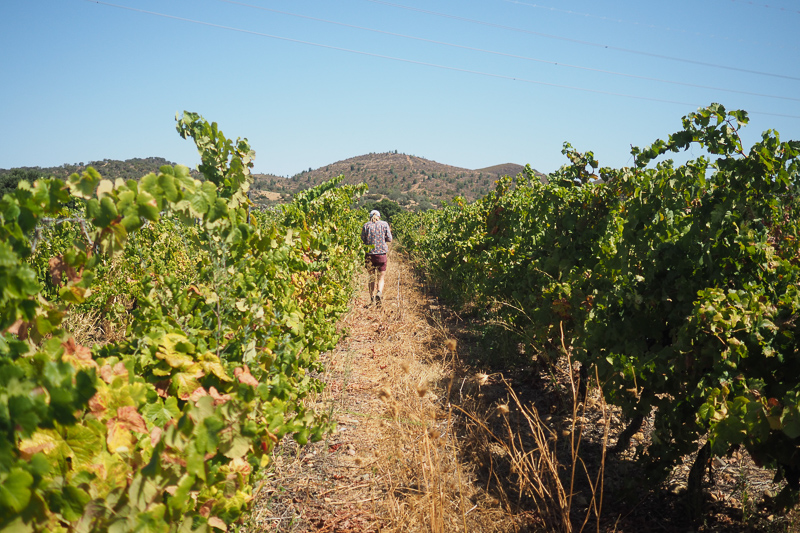
The reduction in vineyard areas has been significant. ‘At the moment we are farming 120 hectares, which is big, but in 2019 we were farming 240 hectares, so it is a big reduction,’ says Anna. ‘We are still looking at reducing: we are trying to figure out the best terroirs for the future.’
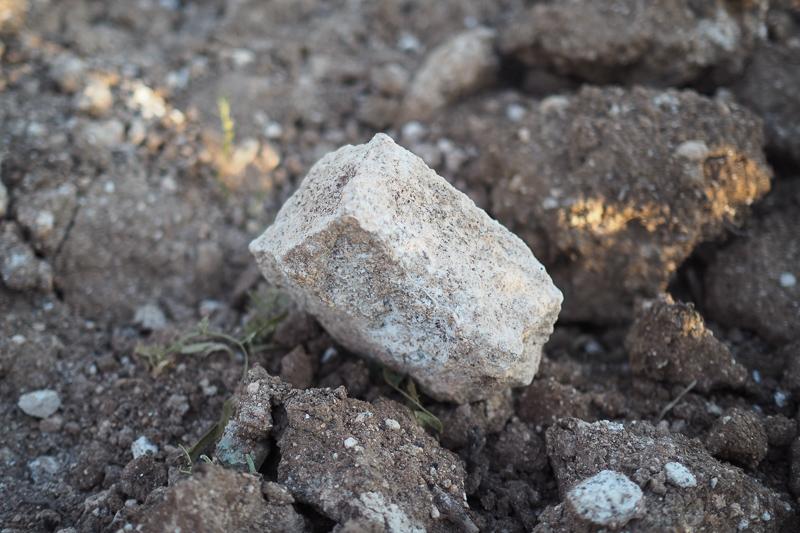
It’s not often that regenerative/biodynamic approaches are applied to such large vineyards. ‘Farming at this scale, you really need to work very well and be organised,’ says Anna. ‘But it is possible to do these changes at scale, and the fact that we have scale makes it more impactful.’
Anna has been engaging some high-end consultants in the vineyard. Marco Simonit, the pruning expert, has been working here since 2019, and she also hired terroir expert Pedro Parra. ‘For me, it was really important to get some outside perspective on what we are doing,’ she says. ‘And to work with the best in the field: we have so many important decisions to make, so it was important to have the right guidance. For myself, I am not so old. I’ve done 10 harvests, but I wanted to have some other people to discuss things with.’
‘Marco [Simonit] has helped a lot in the vineyards with his respectful pruning methods, but also in the whole way we look at our vineyard, through how we manage our teams, how we motivate them, and how we build knowledge. Now we are starting a new chapter designing the vineyard of the future with him. We are looking at what kinds of architecture the vines should have, what kind of density, and what kinds of rootstock. Right now it is an open page.’
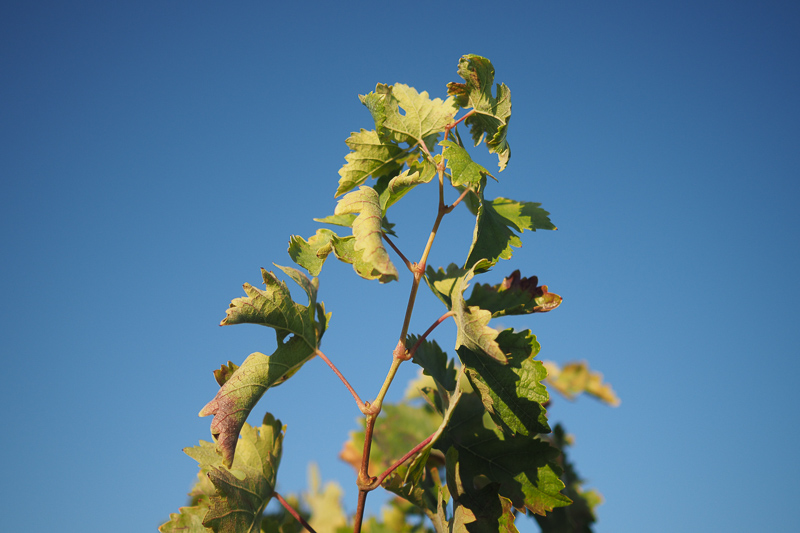
Pedro Parra is also a regular visitor to Cortes de Cima. ‘We have been working with him on the soils, mapping out the property and finding out what we have,’ says Anna. ‘It has helped us decide what vineyards to keep and which ones are not so interesting to keep.’ Some plots have shallow topsoil and then mother rock that the roots can’t penetrate: the vines will grow here but only with a lot of water. ‘You are kind of dependent on doing hydroponics,’ she says, adding that this isn’t where they want to go.
With the range of wines, a lot has changed. There’s a new series of wines, called the Wildcard range, of interesting small-production projects. And Daqui, which is the name for a series of one-offs, and which are bottled under the NatCool banner in litre bottles (the first Daqui was a collaboration with me – you can see the video of its creation below). And for the main range, winemaking interventions have been reduced and there’s a new label design (as of the 2000 vintage). With that, the different wines have been moved in price. Five years ago a million bottles of Chaminé were being made, selling at €5. Now production has been cut to 200 000, and the price is €15.
THE WINES

New releases tasted February 2024:
Cortes de Cima Chamine Branco 2022 Alentejo, Portugal
This was a challenging growing season: hot and dry with just 300 mm rain. In July there were 20 days over 40 C. The microbiome on the grapes can be more toxic in a hot year and this can make the fermentations trickier, and this wine took a year and a half to complete fermentation. Powerful, bright and lemony with lots of intensity, showing a chalky character under the powerful citrus fruit. Lovely wine. 94/100

Cortes de Cima Lourinho 2021 Alentejo, Portugal
75% Alvarinho, 25% Loureiro, spends 2 years in a Slavonian Fuder. Mineral with nice intensity and notes of lime and spice. High acidity. So lovely. 94/100

Cortes de Cima Palhete 2023 Alentejo, Portugal
This is the first of their wines with organic certification after they made the switch in 2020. A collaboration with Daniel and Kalina Niepoort. 80% Viognier and 20% Syrah from Vidiguera. Whole cluster Syrah into Talha and then already-fermenting Viognier is used to top it it, and after 2 weeks it is pressed to steel. Pale red colour. Very bright with a hint of creaminess under the cherry and raspberry fruit with nice weight and a good acid line. Pure and fine. 93/100
Cortes de Cima (unnamed wine) 2021 Alentejo, Portugal
This is 60% Cabernet Franc, 20% Jaen and 20% Syrah, from the coastal vineyard. Fresh, bright, lively and chalky with zippy berry fruit notes and some cherry, too. Nice intensity with some grip. Really fine. 94/100

Cortes de Cima Salino 2021 Alentejo, Portugal
Cabernet Franc. Coastal vineyard. Destemmed then 20 day infusion, followed by 2 years in tank. Lively and bright, chalky and mineral with focused red berry fruits and nice acidity. Supple and fine with great intensity. 94/100
There are also three new Syrahs from different soil types. This is a very exciting development.
Syrah Granito 2021 Alentejo, Portugal
This single vineyard is east facing, and although the granitic soil is not so fractured, the roots go deep. 40% whole bunch and 60% intact berries in the ferment, and then its spends two years in an old French barrel. Very fine and elegant with red cherry and blackberry with some peppery detail. Such precision and finesse: lovely purity and elegance. 95/100
Syrah Calcario 2021 Alentejo, Portugal
Soils here are fractured limestone, with a powder-like texture. 70% whole bunch. Fresh and focused with lovely sweet black cherry and plum. So fine and expensive with pure red and black fruits with good acidity, such focus. 95/100
Syrah Costa 2021 Alentejo, Portugal
Very fine and fresh with bright cherry and red fruits. Floral and intense with nice freshness and precision. 94/100
Releases from February 2023:
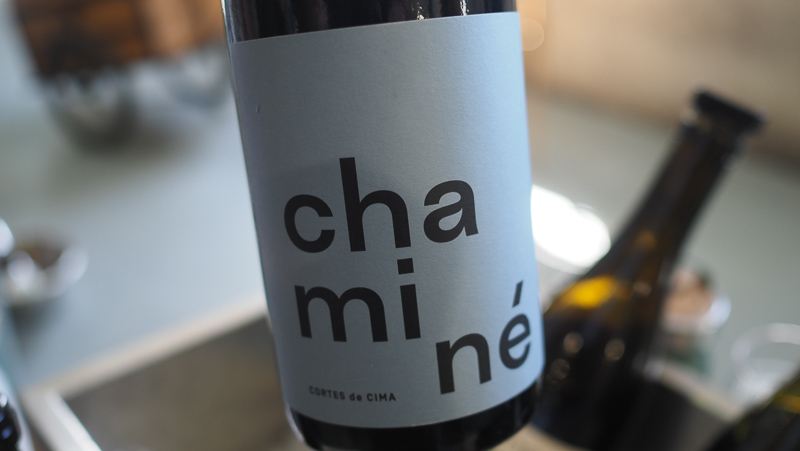
Cortes de Cima Chaminé Branco 2021 Alentejo
This is from the coastal vineyards and Vidiguera. Natural ferment in stainless steel, spending a year on lees. Lively, fresh and bright with some orange peel, a bit of apricot, and lovely purity, showing pear and citrus on the palate. Nice density here, and also a pleasant texture with a subtly chalky edge. 92/100
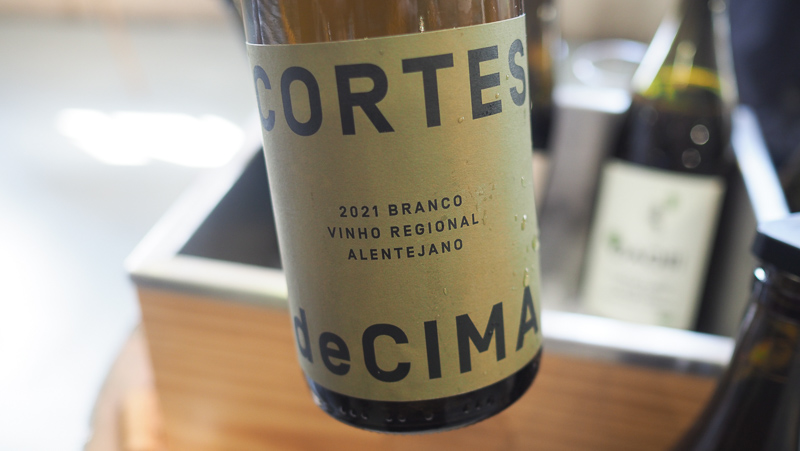
Cortes de Cima Branco 2021 Alentejo
Fermented and aged in 2000 litre Austrian foudres for a year, with low sulfites and full lees. This spends two winters in the winery, and initially goes towards oxidation, but then tightens up again. Finely spiced and mineral with a hint of apple and pear. Bold palate with concentrated mineral-laced fruit and some fine spices, as well as a bit of salinity. Pure, fine and layered. 94/100
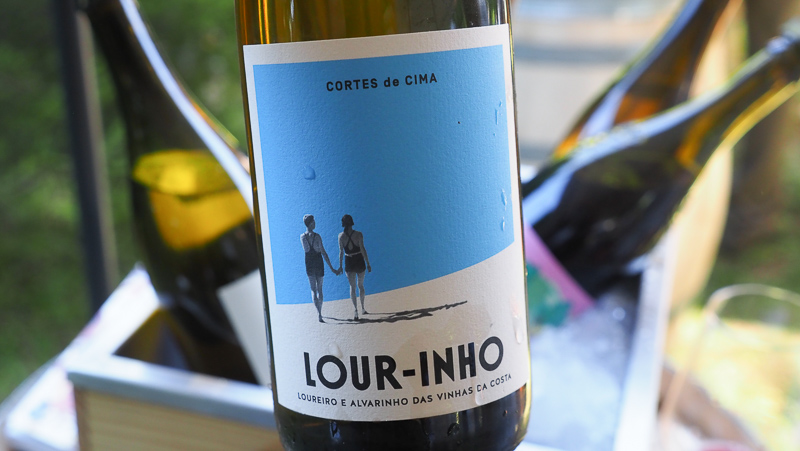
Cortes de Cima Lourinho 2020 Alentejo
This is 85% Alvarinho and 25% Loureiro, from the coastal vineyards. It spends 10 months in oak then 8 months in stainless steel, and no sulfites were added until blending. Wonderful minerally, spicy wine that’s very fine with a lovely mineral intensity. Saline, fine and fresh with great precision. 94/100
Cortes de Cima Loureiro ‘Salino’ 2020 Alentejo
This is not necessarily the final name for this wine, which was made with Dirk Niepoort, and was picked at night, pressed with no sulfites, and then fermented and aged in stainless steel and barrel for a long time with 1% seawater added. Linear and taut with some pithy notes, and a mineral saline twist, with a juicy citrus finish and high acidity. 94/100
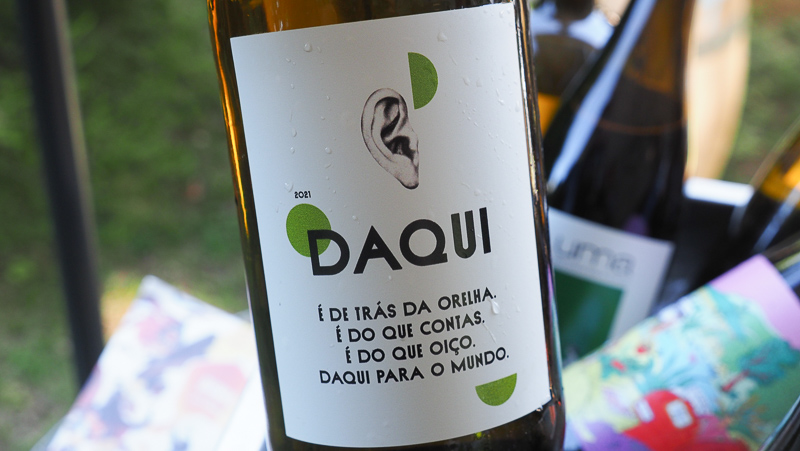
Cortes de Cima Daqui 2021 Alentejo
A skin macerated talha (amphora) white from Vidiguera. The variety is Viognier, and the talhas were lined with bees wax and resin. Two months in talha with no sulfites. The grapes were foot trodden, the cap layered by hand, and at the end of fermentation one was used to top up the other. Lifted spicy nose. Intense, vivid, spicy palate with intense citrus fruit and some marmalade, as well as sweet acidity. Has some sour apple on the finish. There’s some volatile acidity here, but it is well integrated. 93/100
Cortes de Cima Chaminé Tinto 2020 Alentejo
This is a transition year for this wine. It’s mostly Syrah, supported by Touriga Franca, Alicante Bouschet, Touriga Nacional and others. 30% whole cluster ferment, then aged in old oak and steel tanks. Bright and fresh with lovely red cherry and plum fruit. Quite sleek with freshness, nice olive hints and good balance. Sweetly fruited with fine spices. 91/100
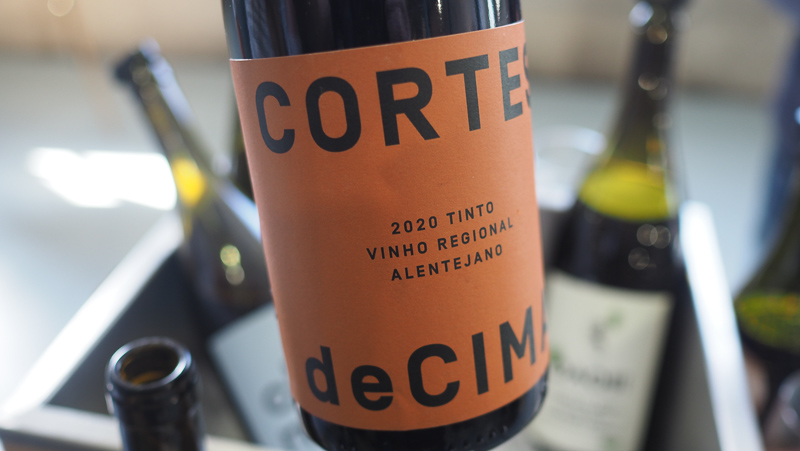
Cortes de Cima Tinto 2020 Alentejo
From granite soils this is 80% Syrah and 20% Touriga Franca. 30% whole cluster ferment, then one year in used oak. Supple, showing nice freshness and a grainy, savoury edge. Notes of cherries, spice and cedar with subtle earthy hints. Finishes spicy. 92/100
Cortes de Cima Daqui 2020
Touriga Franca, 30% whole cluster, in a 2000 litre amphora, drained off skins on 11 November after the harvest. Very supple and fine with grainy structure and nice acidity. Notes of cherry, spice and vivid fruit. Pure with a hint of stony minerality. 94/100
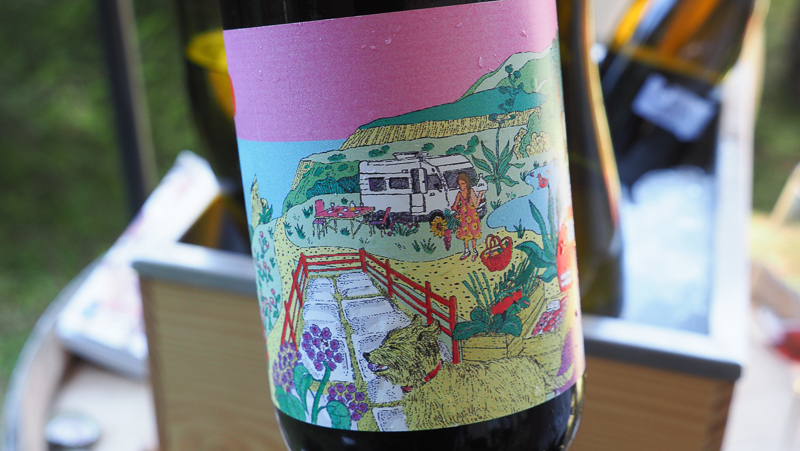
Cortes de Cima Palhete NatCool 2021
This is 80% Viognier and 20% Syrah from limestone soils, and it’s a collaboration with Daniel and Kalina Niepoort. Whole cluster Syrah in an amphora topped up with already fermenting Viognier and then pressed when fermentation is over. It’s then aged on lees with no sulfites. Fresh, fine and supple with juicy citrus and red cherry fruit, as well as some bright redcurrant and a good acid line. The limestone brings something to this wine in terms of the acid line. Supple, sappy, fresh and lovely. 94/100
Cortes de Cima Cabernet Franc 2021 Coastal Alentejo (tank and barrel sample)
Green and chalky with fresh hedgerow and red berry aromas. The palate is fresh and youthful – the essence of Cabernet Franc. Vibrant with chalky green notes under the precise berry fruits, showing gravelly detail. 95/100

